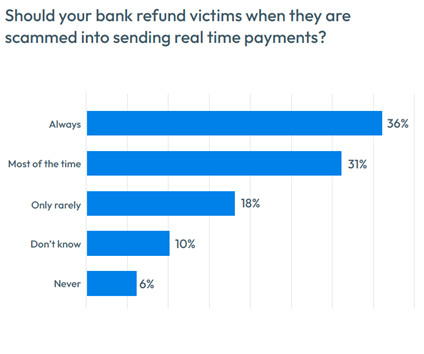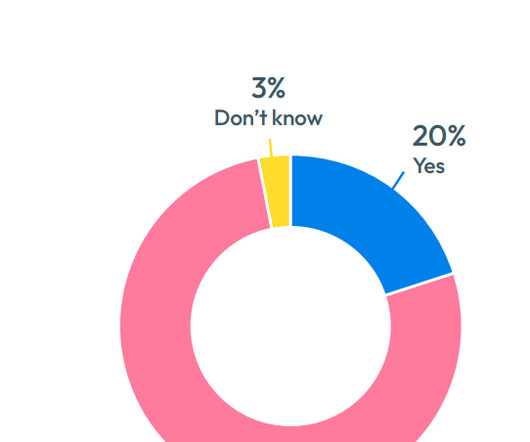Balancing Expectations With Consumer Authentication
PYMNTS
MARCH 6, 2019
While consumer satisfaction with authentication differs across sectors, financial services topped other markets in a recent report. percent: Share of eCommerce consumers who were required to provide email addresses when signing up for an online account.

















Let's personalize your content